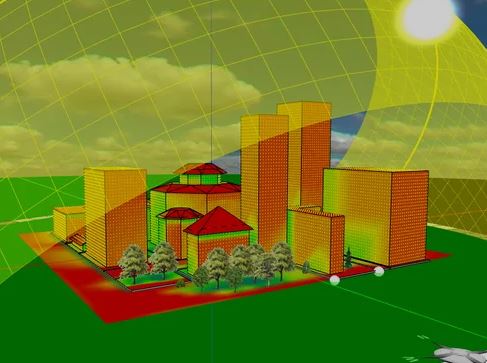Energy Modeling and Simulation Strategies for Florida’s MEP Design
Introduction
Florida, known as the Sunshine State, has the perfect conditions to lead the way in solar energy innovation. With ample sunlight and increasing support for renewable energy, solar power is a vital component of sustainable Mechanical, Electrical, and Plumbing (MEP) design strategies. This blog explores how energy modeling and simulation techniques can optimize building performance in Florida’s climate.
From predictive analytics to advanced simulation tools, we will uncover how these methods enable engineers and designers to create efficient systems that meet strict energy codes. Let’s dive into how solar energy can brighten Florida’s path toward sustainable architecture.
MEP Design and Solar Energy in Florida
MEP systems are essential for maintaining a building’s functionality and comfort. They include:
- Heating, ventilation, air conditioning (HVAC)
- Electrical distribution
- Plumbing systems
In Florida’s humid and hot climate, effective MEP design can significantly reduce energy consumption and operating costs.
Integrating solar energy into MEP design offers numerous benefits:
- Reduces reliance on fossil fuels
- Lowers energy expenses
- Decreases carbon emissions
However, effective integration requires careful planning and modeling to ensure energy systems operate at peak efficiency.
Understanding Energy Modeling: Key Concepts and Terminology
Energy modeling involves creating a digital simulation of a building’s energy use. This allows engineers to predict how different factors affect energy consumption and generation.
Key concepts in energy modeling include:
- Load: The energy required to maintain comfortable indoor conditions.
- Generation: The energy produced by solar panels or other renewable sources.
- Energy Balance: The comparison between a building’s energy load and its generation.
By understanding these concepts, designers can optimize MEP systems for energy efficiency.
The Importance of Solar Energy in Florida’s Climate
With over 260 sunny days per year, Florida has some of the highest solar potential in the U.S. Harnessing solar energy through MEP design can:
- Reduce fossil fuel dependence
- Lower operational costs
- Meet sustainability goals by minimizing carbon footprints
Advanced energy modeling and simulation ensure that solar power systems are correctly sized and positioned to maximize energy generation.
Overview of Energy Simulation Tools for MEP Design
Energy simulation tools are invaluable for predicting energy performance and optimizing MEP systems. Here are some commonly used options:
- EnergyPlus: Offers comprehensive simulations for heating, cooling, and ventilation analysis.
- Trane Trace 700: Ideal for HVAC load calculations and energy modeling.
- eQuest: A user-friendly tool suitable for comparing energy conservation measures.
- IES VE: Provides detailed insights into energy performance, particularly useful for hot and humid climates.
- OpenStudio: Integrates seamlessly with EnergyPlus for enhanced modeling capabilities.
These tools empower designers to test different scenarios, identify inefficiencies, and improve energy efficiency.
Data Collection: Gathering Weather and Solar Radiation Data
Accurate weather and solar radiation data are critical for effective energy modeling. Sources like the National Oceanic and Atmospheric Administration (NOAA) offer valuable datasets, including:
- Temperature
- Humidity
- Solar irradiance
Advanced software like PVsyst and System Advisor Model (SAM) can simulate different weather conditions to predict solar energy production. On-site sensors and smart technology further enhance real-time data collection, improving system performance over time.
Conclusion
Harnessing solar energy through energy modeling and simulation is a game-changer for Florida’s MEP design landscape. By adopting these strategies, engineers and designers can create systems that are both energy-efficient and environmentally responsible.
As Florida continues its commitment to renewable energy, embracing these techniques will ensure buildings are designed for optimal performance. Let’s work together to shape a sustainable future powered by the sun.
Learn more: https://repository.fit.edu/etd/1065/
Visit: https://gdiengdesign.com/gdiengdesign-mep/

















































